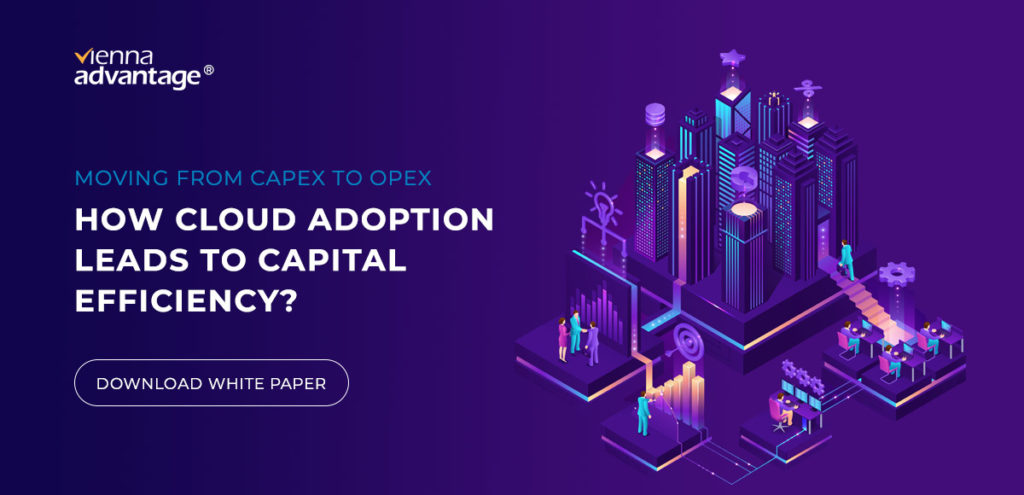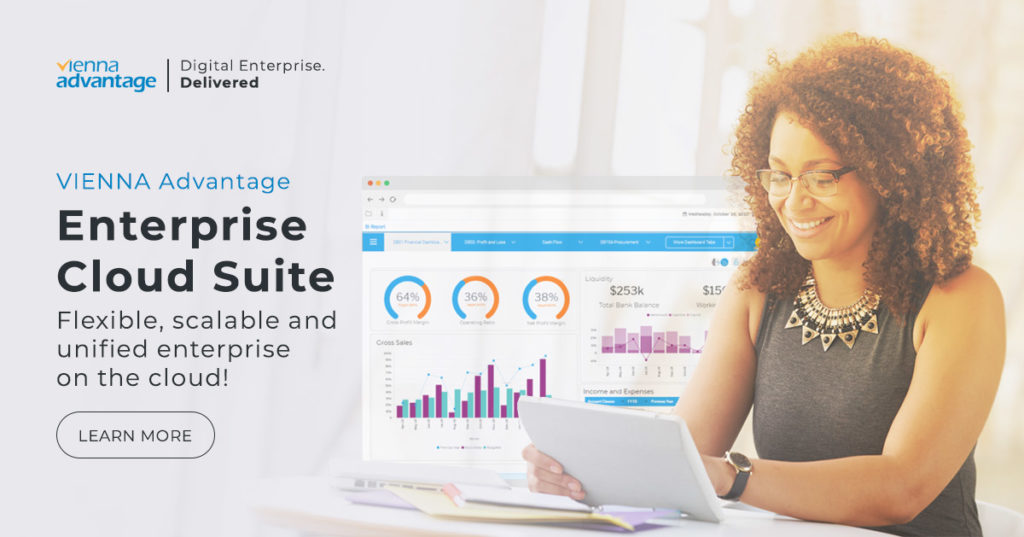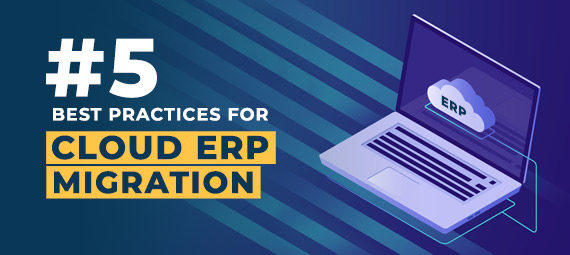As the digital core, the ERP is probably the most critical application in the IT estate of an organization. Therefore, cloud ERP migration is a subject that is tread with caution, because of the substantial risks involved. However, the recent advancement in technology and widespread adoption of the cloud, has prompted organizations of all sizes to evaluate such a migration with more seriousness than ever before.
But what makes the proposition to migrate to the cloud so compelling? Before we discuss the best practices for cloud ERP migration, let us briefly look at factors that are driving organizations towards this migration.
Factors driving organizations towards cloud ERP migration
From a commercial standpoint, adopting the cloud makes it easier for organizations to transition from a legacy CapEx-based model to an OpEx one. From a CFO’s perspective, this is highly desirable and a more optimal capital structure for IT projects. Subscribing to such a cloud service minimizes the manpower and administrative overhead of maintaining it in-house. Moreover, with transition to an OpEx model, the service becomes affordable for businesses of all sizes within a group. This makes it possible for smaller subsidiaries and group companies to “subscribe” to the ERP as a service by paying a subscription fee proportional to the number of users in the group. With the possibility of all group companies on a single ERP platform, it now becomes possible to truly implement shared services across the entire business group. Group-wide centralization of procurement, human resources and payroll processes also becomes a reality.

With such compelling benefits, it is important for organizations to consider cloud ERP migration. However, careful planning and due diligence is required because missteps may result in significant risks to the business.
Key aspects for cloud ERP migration
We will now delve a bit deeper into key aspects that organizations need to consider as they embark on this journey.
#1 Vendor Due Diligence
Data Residency: Think of the cloud and the first thing that comes to mind is, “Where is my organization’s data physically stored?” Every CIO has a balancing act – on the one hand, there is a pressure to optimize commercially, and on the other, there are evolving statutory requirements around data residency in almost every jurisdiction across the world. To compound the complication, several governments are still grappling with drafting the optimum data residency laws that don’t stifle innovation while ensuring domestic residency of sensitive financial and human resource data.
Cloud Security Plan: The second most popular question would be, “How secure is my organization’s data?” Providers of cloud ERP applications must have the best of both worlds – they must offer a comprehensive set of features to ensure coverage of all functional areas, while guaranteeing customers that their data is secure from bad actors.
#2 Customization Risk Management
Legacy on-premise ERP applications have extensive customization. These could be for historical reasons where prior versions of the application had limited features, necessitating such customizations. Depending on the cloud deployment model, organizations will have to decide on the migration of their existing customization. While pure-play multi-tenancy providers may favor standardization over customization, providers with a more flexible deployment model may provide options to migrate parts or whole of the existing customizations. It is important to decide the target model because this decision will impact business processes across departments. A decision to not migrate specific customizations may require business functions to rethink their standard operating procedures. Therefore, it is best practice to start planning for cloud ERP migration with a cross functional team of business leaders that understand the impact of such a migration and are able to plan for it.
#3 Integration of Current and Future Third-Party Applications
While the cloud ERP would serve as the enterprise digital core, an organization has several applications that serve very specific purposes. Any cloud ERP migration must consider the impact to existing integration with the cloud deployment model and the security and access challenges it might present. Scenarios such as integration with banking systems would require organizations to additionally think about encryption and protecting sensitive data both at rest and in motion.
#4 Program Planning and Management
Depending on the size of the organization, a cloud ERP migration could be a multi-year program and organizations must plan for various phases of this transition. From a risk mitigation perspective, it is advisable to rank functions and processes from least critical to most critical. Along with this classification exercise, organizations must identify interdependencies between various processes, data requirements and their respective prerequisites. The program management can then draft a high-level project plan that identifies the sequence of migration. Because of the staggered nature of migration, the program management will have a situation where users may be working on the new cloud ERP and posting a few transactions on the legacy on-premise application. For such scenarios, the program management will need to draft intermediate standard operating procedures that resolve contradictions and conflicts during the transition phase. Due to the criticality of these two functions, the program management should migrate finance and payroll functions towards the final stage of the cloud ERP migration.
#5 Change Management and Reskilling
Any transition of this scale must be accompanied by a systematic change management initiative because changes in technology landscape also requires adjustments to business processes and user behavior. Accompanying the cloud transition program, the change management program must focus on a clear communication strategy that explains the benefits of the transformation project to the wider business. Management must also identify key influencers within various divisions and departments in the organization and equip them to be change champions. These are individuals who work around the watercooler chats and act as a conduit and a feedback loop between the workforce and the transformation steering committee. Stakeholders must also identify key areas where the workforce needs to be retrained and upskilled to be more efficient at using newer applications. These training exercises must also focus on the so-called “intermediate standard operating procedures” that may arise due to the phased nature of the transformation program.
Summary
As an enterprise scale cloud ERP application, VIENNA Advantage offers one of the most robust cloud ERP solutions that is hosted on the Oracle Cloud Infrastructure, giving our customers the option to use a world class cloud ERP application on a world class cloud infrastructure. VIENNA Advantage Cloud ERP can also be hosted on other private and public cloud infrastructure as several of our clients have done in the past.
Customers in various industries and from diverse geographies trust VIENNA Advantage to deliver a secure, robust and scalable Cloud ERP application. If you would like to speak to us about your transition, please do contact us.




